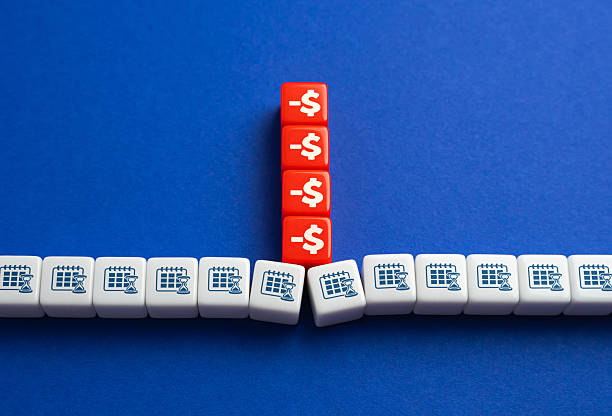 The precarious state of overextended personal debt is often a house of cards, vulnerable to the slightest financial gust. What transforms this manageable burden into a full-blown crisis is frequently the absence of a simple yet powerful buffer: an emergency fund. These two conditions—high debt and no savings—create a vicious and self-perpetuating cycle that can rapidly dismantle an individual’s financial stability. Without a safety net, any unforeseen expense, whether a medical bill, car repair, or sudden job loss, forces an impossible choice between financial delinquency and further borrowing.This lack of liquidity leaves no good options. Facing a necessary repair, an individual with maxed-out credit cards but no cash must either miss the payment on an existing debt, incurring penalties and damaging their credit score, or acquire new high-interest debt to cover the cost. This new debt increases their monthly obligations, stretching their budget even thinner and leaving them even more vulnerable to the next unexpected event. Each emergency plunges them deeper into the debt quagmire, as high interest rates cause the balances to balloon. The emergency fund, therefore, is not merely a luxury for saving; it is a fundamental tool for debt management and prevention.Ultimately, the relationship between debt and the lack of an emergency fund is one of profound interdependence. Overextension limits the ability to save, while the absence of savings guarantees that any minor crisis will exacerbate existing debt. Breaking this cycle requires a paradigm shift, where building even a modest emergency fund becomes a non-negotiable financial priority, even while paying down debt. This fund acts as a circuit breaker, preventing life’s inevitable surprises from triggering a downward spiral of compounding interest and financial distress, thereby protecting the long-term strategy of achieving solvency.
The precarious state of overextended personal debt is often a house of cards, vulnerable to the slightest financial gust. What transforms this manageable burden into a full-blown crisis is frequently the absence of a simple yet powerful buffer: an emergency fund. These two conditions—high debt and no savings—create a vicious and self-perpetuating cycle that can rapidly dismantle an individual’s financial stability. Without a safety net, any unforeseen expense, whether a medical bill, car repair, or sudden job loss, forces an impossible choice between financial delinquency and further borrowing.This lack of liquidity leaves no good options. Facing a necessary repair, an individual with maxed-out credit cards but no cash must either miss the payment on an existing debt, incurring penalties and damaging their credit score, or acquire new high-interest debt to cover the cost. This new debt increases their monthly obligations, stretching their budget even thinner and leaving them even more vulnerable to the next unexpected event. Each emergency plunges them deeper into the debt quagmire, as high interest rates cause the balances to balloon. The emergency fund, therefore, is not merely a luxury for saving; it is a fundamental tool for debt management and prevention.Ultimately, the relationship between debt and the lack of an emergency fund is one of profound interdependence. Overextension limits the ability to save, while the absence of savings guarantees that any minor crisis will exacerbate existing debt. Breaking this cycle requires a paradigm shift, where building even a modest emergency fund becomes a non-negotiable financial priority, even while paying down debt. This fund acts as a circuit breaker, preventing life’s inevitable surprises from triggering a downward spiral of compounding interest and financial distress, thereby protecting the long-term strategy of achieving solvency.
Credit card hopping is repeatedly applying for new cards to chase introductory bonuses without a debt management plan. Strategic application is a one-time or rare action with a clear, calculated plan to pay down existing debt and is not focused on rewards or bonuses.
Yes. Violations of laws like the Truth in Lending Act (TILA) or state usury laws (which cap interest rates) can lead to legal penalties for lenders.
Absolutely. High earners are often just as susceptible, if not more so, because they have more room to inflate their lifestyle. A high income paired with equally high fixed costs provides no real financial security and can still lead to paycheck-to-paycheck living.
Yes. While negative items remain, their impact lessens over time. Consistent, recent positive behavior like on-time payments is weighted heavily and will gradually improve your score.
Consult a non-profit credit counselor for a annual financial check-up, even if you feel fine. They can help you optimize your budget, identify potential risks, and provide strategies to stay on track before any trouble begins.